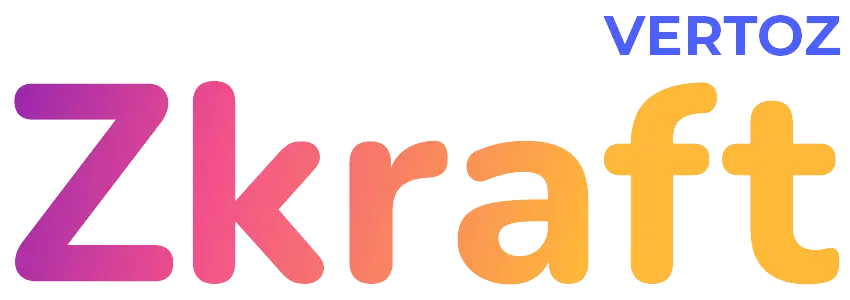Search may feel like such a moving target, as it’s always changing and never constant. But it’s still one of the first forms of advertising that marketers prefer. Roughly 93% of online journeys still begin with a search engine. It’s a habit that hasn’t wavered even as social and AI assistants compete for attention.
At Zkraft, we focus less on trend-chasing hacks and more on durable, user-centric signals. When people discuss modern SEO strategies today, the real task is choosing which SEO practices work and which you can let go of.
What Still Works (and Will for a While)
- Comprehensive Content:
Google folded its Helpful Content system into the core algorithm in March 2024, rewarding depth over word count. Articles that answer a query or provide a solution and anticipate follow-up questions still work.
- Technical Hygiene:
Efficient Core Web Vitals, mobile-first markup, and structured data remain baseline requirements and not advantages.
- Backlink Quality Over Quantity:
Two-thirds of pages don’t have any backlinks, but the top three pages still get links from other related sites. Paid link schemes are still not as effective as relationship building and digital PR.
- Long Tail Keyword:
Long-tail optimization is still useful because 70% of users type three words or more per search. This is especially true when intent-focused content hubs are used together.
- E-E-A-T-Rich Signals:
The secret rating is still Expertise, Experience, Authoritativeness, and Trustworthiness. Show real author bios, cite reputable studies, and publish first-party insights.
What’s Dead?
- A Lot of Doorway Pages:
After Helpful Content filtering, the “roll out 5,000 nearly duplicate URLs” plan no longer works.
- Blind Keyword Stuffing:
Algorithms weigh semantic relevance and engagement far more than keyword density.
- Rank-Tracking Vanity:
Daily position reports mean less when AI Overviews and zero-click answers soak up to 40% of queries without a traditional click-through. Measure qualified traffic, conversions, and brand mentions instead.
What’s Next: Modern SEO Strategies for 2025 +
AI Used in SEO Workflows: If everything goes as planned, the market for AI SEO software will grow from $1.99 billion in 2024 to almost $5 billion by 2033 (Source). AI will likely write out plans, group search purpose, and guess SERP features. Human-in-the-loop editing is the best strategy. You let AI do the heavy lifting, and then you tweak tone, subtlety, and authority.
Generative Engine Optimization (GEO): SGE (Search Generative Experience) is becoming more common, and bits are changing into answers that can be used in a chat. Soon, clear titles, schema, and short answers will be just as important for LLMs to be able to quote you as standard meta optimization.
First-Party Data and Zero-Party Keywords: Since third-party cookies are no longer being used, website behavioral data is now the best thing for term research. Use those insights to create changeable content blocks that change names or frequently asked questions (FAQs) based on groups of users.
Voice and Multimodal Search: Voice helpers only make this trend stronger; some of the queries are already written as questions. Make FAQ templates, answer briefly, and, most importantly, make sure brand names are easy to say.
Conclusion
In 2025, SEO will value depth, clarity, and technical accuracy more than it will value short-cuts that seemed smart at the time. As search algorithms change, teams that use current SEO tactics like schema-rich content, SGE optimization, and data-driven page generation along with strong foundations and focused experimentation will continue to build search equity.
Zkraft is ready to help you turn best practices into market share if your plan could use the discipline of a partner who is already trying the strategies of tomorrow.

